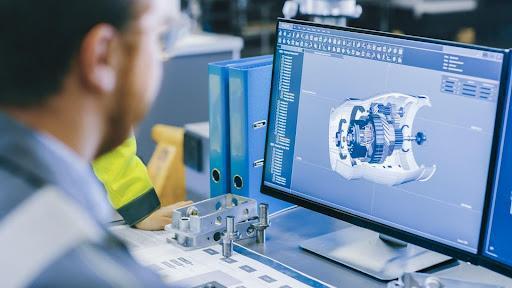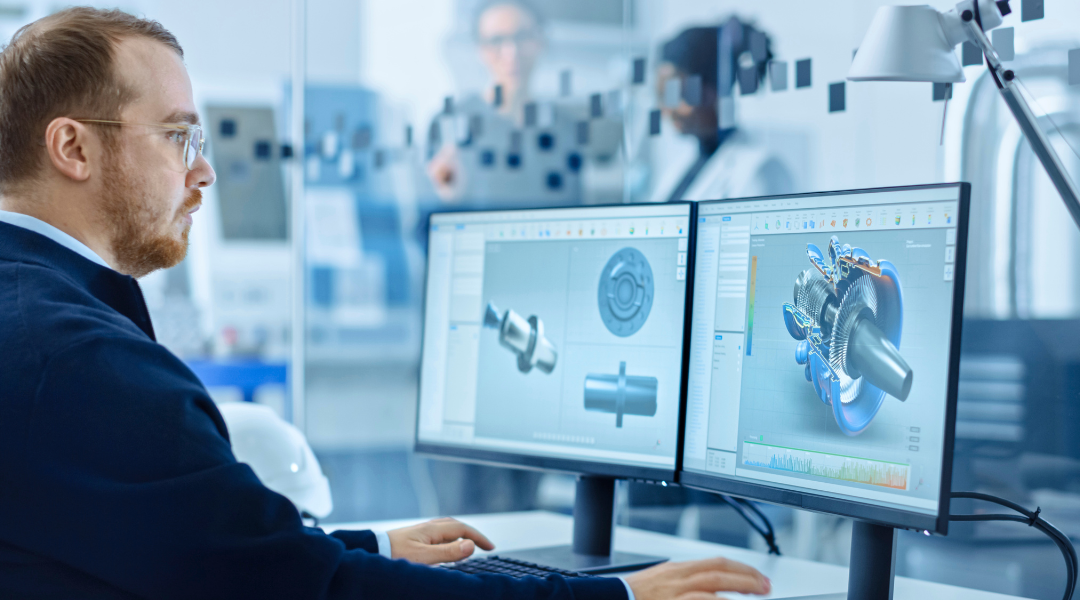
From CAD to CNC: Ensuring Print-Ready Models Every Time
The journey from an abstract idea to a tangible product has undergone a profound transformation over the past few decades. Historically, skilled artisans meticulously crafted prototypes by hand, a process demanding immense time and specialized expertise. This method, while rich in tradition, often introduced inconsistencies and prolonged development cycles. The advent of Computer-Aided Design (CAD) marked a pivotal shift, enabling designers to conceptualize and refine intricate geometries with unprecedented precision. This digital revolution laid the groundwork for a new era of manufacturing.
Early CAD systems primarily focused on the visual and structural aspects of design, allowing engineers to simulate performance and identify potential flaws long before physical production. However, the seamless transition from a digital blueprint to a machine-ready file for automated fabrication, such as Computer Numerical Control (CNC) machining, presented its own unique set of challenges. The initial gap between design intent and manufacturing reality often led to significant rework, material expenditure, and delays, underscoring the need for robust validation processes.
Previous research and industry experience have consistently highlighted the critical importance of data integrity when moving from design software to manufacturing equipment. Discrepancies in file formats, geometric ambiguities, and subtle modeling errors can manifest as major production hurdles, leading to machine downtime and suboptimal product outcomes. Ensuring that a CAD model is truly “print-ready” or “machine-ready” involves more than just exporting a file; it requires a deep understanding of manufacturing tolerances and material behaviors.
The evolution of integrated design and manufacturing platforms has sought to mitigate these issues, fostering a more cohesive workflow. Yet, even with advanced software, the complexity of modern designs and the diverse array of manufacturing processes mean that vigilance is always required. The ultimate goal remains to create a digital model that translates flawlessly into a physical component, minimizing discrepancies and maximizing efficiency throughout the entire product development lifecycle.
Key Insights from Manufacturing Evolution ✨
- Early digital design tools often lacked direct manufacturing compatibility, necessitating extensive manual data translation and validation steps, which introduced potential errors.
- The development of integrated CAD/CAM solutions significantly streamlined workflows, yet challenges persist in maintaining geometric fidelity across different software ecosystems.
- The ongoing quest for truly robust model validation highlights the need for specialized tools that can proactively identify and correct potential manufacturing issues before they arise.
Navigating the Digital-Physical Interface ⚙️
The concept of a digital twin — a virtual representation that serves as a real-time counterpart of a physical object or process — is highly pertinent here. For CAD models destined for CNC, this means the digital model must accurately reflect all manufacturing parameters and constraints. Any deviation can lead to an imperfect physical counterpart, rendering the digital twin less effective. The fidelity of this digital representation is paramount for successful fabrication.
One of the most frequent challenges encountered is the presence of geometric imperfections within CAD models. These can include non-manifold edges, inverted surface normals, self-intersecting geometries, or tiny gaps between surfaces. While often invisible to the naked eye in a design environment, these flaws can cause CNC machines to halt, produce erroneous cuts, or even damage tooling. Identifying and rectifying these issues *before* manufacturing begins is a cornerstone of efficient production. 
Material properties also play a significant role in determining how a CAD model translates into a physical part. Different materials react uniquely to machining forces, heat, and tooling. A design that is perfectly sound for one material might require adjustments in tolerances or features when produced from another. Understanding these nuances is crucial for optimizing toolpaths and ensuring the structural integrity of the final component.
The human element remains indispensable. While advanced software automates many tasks, the expertise of engineers and machinists in interpreting design intent, understanding material science, and anticipating manufacturing challenges is irreplaceable. Their ability to foresee potential issues and make informed decisions greatly enhances the probability of a successful first-time build. This collaborative insight bridges the gap between design aspiration and manufacturing reality.
Validation tools, like those offered by ProtoCheck, are specifically designed to act as a crucial checkpoint in this workflow. By automatically scanning CAD models for common manufacturing pitfalls, they empower designers and engineers to correct issues proactively. This preventative approach significantly reduces the need for costly physical prototypes and iterative adjustments on the shop floor, thereby optimizing resource utilization.
The ongoing evolution in manufacturing demands increasingly sophisticated methods for ensuring model integrity. As additive manufacturing and advanced robotics become more prevalent, the requirements for flawless digital models will only intensify. ProtoCheck is committed to providing solutions that uphold the highest standards of digital model readiness, ensuring that innovation can move from screen to tangible product with utmost confidence.
Pathways to Precision Manufacturing 🚀
- Optimized Production Cycles: By validating models early, companies can significantly reduce iterations and material expenditure, leading to smoother production flows.
- Enhanced Product Quality: Ensuring geometric accuracy and manufacturing feasibility from the outset contributes directly to the creation of components that meet stringent quality benchmarks.
- Accelerated Innovation: A reliable path from design to production empowers teams to explore complex designs and bring novel products to market more swiftly.
Comments ( 0 )
Leave a comment